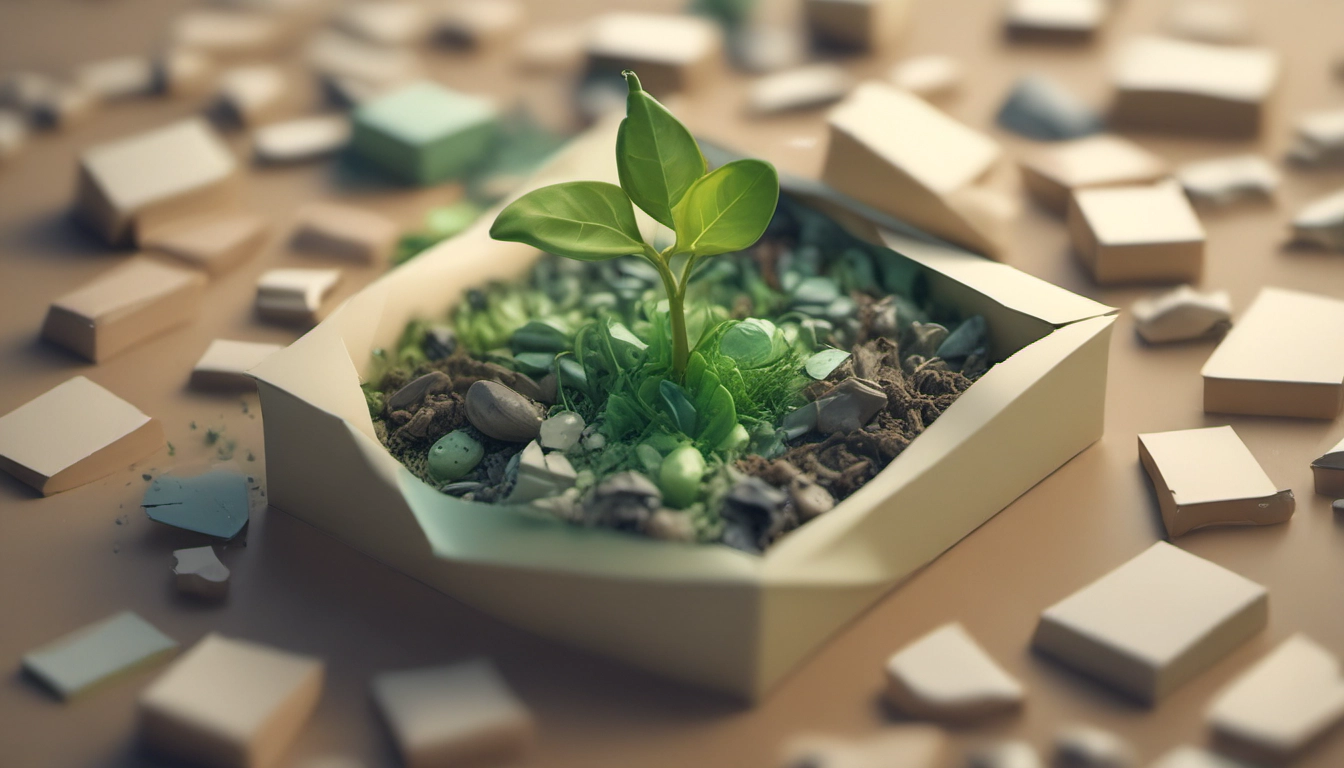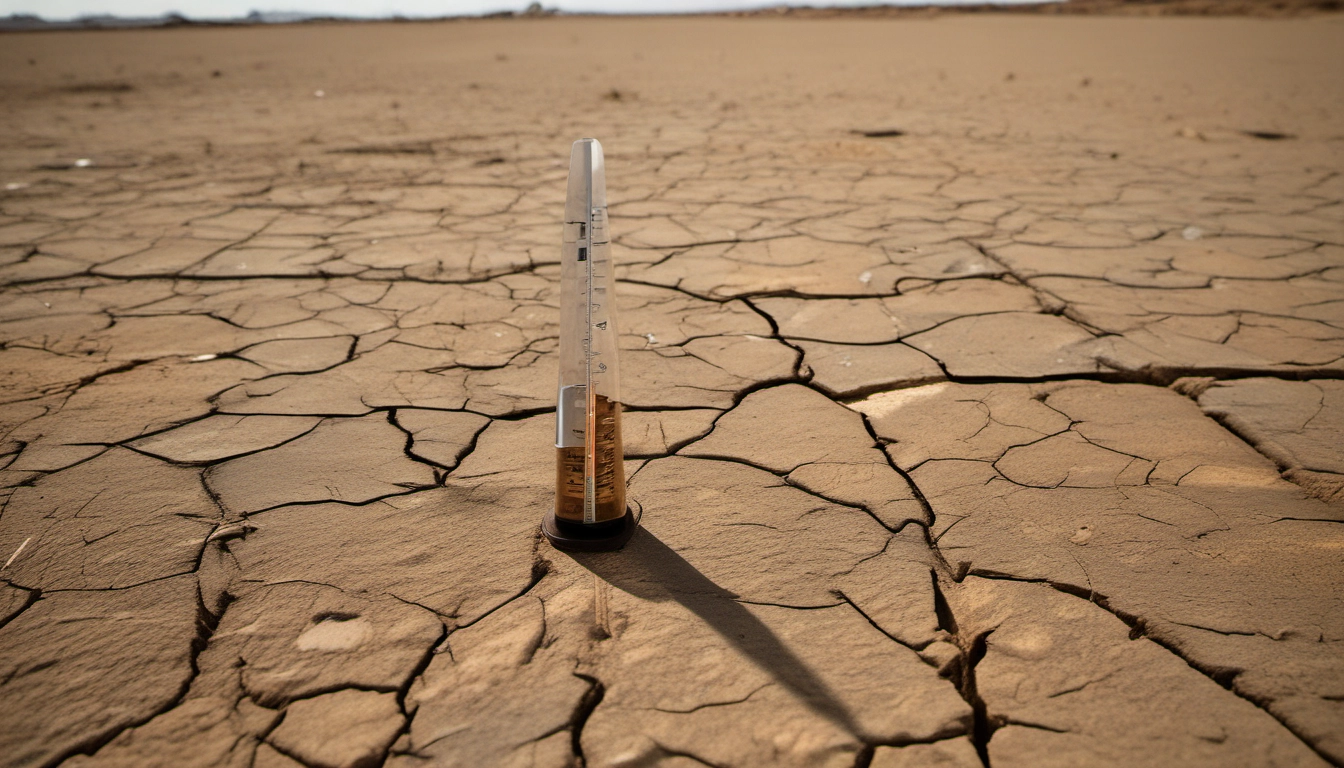Plastic Recycling: Process, Benefits & Challenges
A clear, balanced guide to how plastic recycling works, its benefits and limits, and simple actions consumers and businesses can take.

Quick answer: What is the plastic recycling chain?
Plastic recycling means collecting used plastic, sorting and cleaning it, and turning it into new material or products. The chain links consumers, collectors, sorters, recyclers, makers and brands to keep plastic in use instead of throwing it away. See the Plastics Recycling Chain for a full circle view.
Step-by-step: How the plastic recycling process works
1. Collection
Recycling starts when you throw an empty bottle or package in a bin. Collection happens at homes, drop-off points, and from businesses. Good collection keeps clean material moving into the next steps. The EPA explains why clear collection rules matter for success.
2. Sorting and cleaning
At a materials recovery facility (MRF), workers and machines sort plastics by type and color. Plastics are washed to remove food, labels and glue. Correct sorting is vital: mixed or dirty plastics can ruin a whole batch. The Association of Plastic Recyclers describes this complex step in detail.
3. Reprocessing: mechanical vs chemical
Recyclers turn sorted plastic into pellets or new materials.
- Mechanical recycling grinds, melts and remakes plastic. It is the most common method and works best for clean, single-type plastics like PET and HDPE.
- Chemical recycling breaks plastics into smaller molecules to rebuild them. It can handle mixed or contaminated plastics but is newer and energy-intensive. For an overview of methods and limits, see this research review.
4. Making new products
Recycled pellets become bottles, clothing fiber, packaging, or even park benches. Some recycling is closed-loop (bottle-to-bottle). Much is downcycled into lower-value products, so designs that make true closed-loop recycling possible are important. The Plastics Pact work shows how design changes can raise recycling rates.
What are the benefits of recycling plastic?
- Reduces waste to landfills and the environment — less litter, rivers and oceans stay cleaner (UNEP).
- Saves energy and raw materials — recycled plastic needs less oil than making new plastic (market estimates).
- Creates jobs and local business — recycling supports collection and manufacturing jobs (LCA research).
- Supports a circular economy — keeping material in use reduces demand for virgin plastic and fossil fuels (Global Partners for Plastics Circularity).
What are the major challenges?
Recycling helps, but it is not perfect. Here are the main problems:
- Low recycling rates. Globally, less than 10% of plastic is recycled into new items in ways that keep quality. Many systems still send waste to landfill or incineration (studies).
- Contamination and mixed materials. Food, labels, or mixed plastics (like plastic with paper) can spoil recycling batches. Proper sorting is expensive and slow (APR).
- Downcycling and limited closed-loop recycling. Many recycled plastics become lower-quality products. Making perfect bottle-to-bottle recycling needs high-quality inputs and design-for-recyclability (Nature review).
- Health and chemical concerns. Plastics can contain additives that stay in recycled material. Some groups warn recycled plastic can concentrate toxic chemicals (Greenpeace reporting).
- Energy and cost. Recycling uses transport, heat and equipment. While it saves resources versus new production, some recycling routes are energy-heavy and need investment (environmental footprint study).
Pros vs. Cons at a glance
| Benefit | Challenge |
|---|---|
| Fewer raw materials and lower emissions | Not always closed-loop; downcycling common |
| Less litter and landfill use | Low global recycling rates; leaks to environment |
| Jobs and local manufacturing | Costly sorting and contamination issues |
| Supports brand sustainability goals | Chemical safety and quality worries |
How to help: clear actions for consumers and businesses
For consumers (easy steps, saves money)
- Rinse and empty. Clean containers help recyclers and stop contamination. This small step raises the chance your item becomes new plastic.
- Check local rules. Recycling rules vary. Your city or company page will say which plastics to include. Following rules keeps more material usable.
- Choose reusable or recyclable packaging. Buying products with simple, recyclable packaging saves money over time and reduces waste.
- Support products with recycled content. Buying items made from recycled plastic grows the market and helps recyclers.
For businesses and policy makers
- Design for recyclability. Use single plastics when possible and avoid mixed materials. The Plastics Recycling Chain highlights the need for design changes.
- Invest in collection and local reprocessing. Local plants cut transport and improve quality.
- Set recycled content targets. Rules or brand commitments increase demand for high-quality recycled pellets (WRAP).
Final takeaways
Plastic recycling is useful but imperfect. It conserves resources and reduces waste when systems work well.
At the same time, low recycling rates, contamination, and chemical concerns mean recycling alone won’t solve plastic pollution. The best path pairs recycling with better product design, less single-use plastic, and stronger collection systems. Learn more about why the system matters from global sources like UNEP and practical steps from the EPA.
Quick FAQ
Is recycled plastic safe?
Recycled plastic can be safe for many uses, but some chemicals persist. Safety depends on the plastic type, how it was processed, and the end use. Consumer food-contact rules are stricter than for other uses.
Can recycling stop plastic pollution?
Recycling helps but is not enough alone. Reducing use, reusing items, designing for recyclability, and better systems are all needed to cut pollution (UNEP).
Want a simple guide?
Download a one-page infographic that shows the ideal "Plastic Recycling Chain" versus the real world. Start with three jars: one for rinsed plastic, one for paper, one for compost. Small steps add up—your family can save money and trash less.


